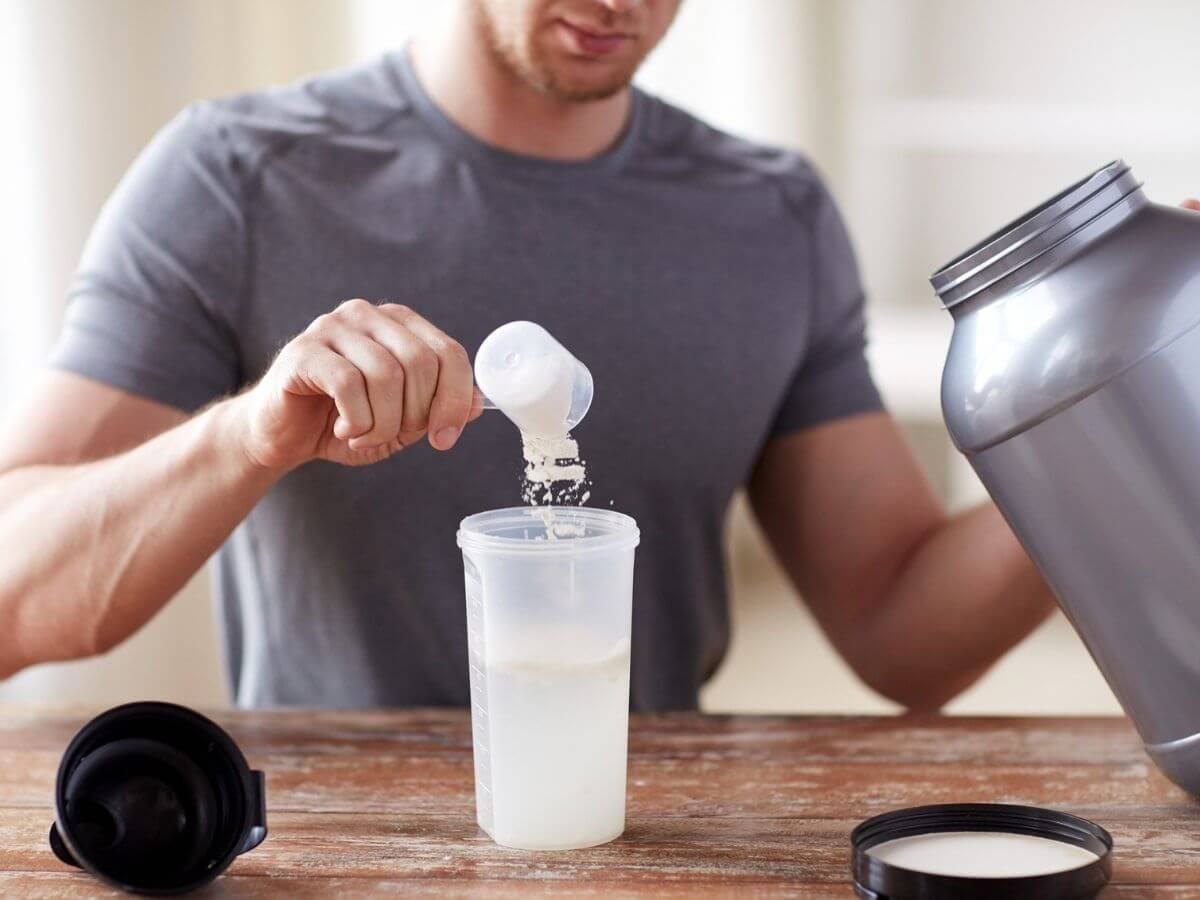What Is Aquablation? The Breakthrough Procedure for Men with Benign Prostatic Hyperplasia (BPH)
.jpg?rev=d49fea92982e4a7492d7769227cb9fc6)
Many men over 40 experience symptoms related to their urinary systems caused by benign prostatic hyperplasia. Also called an enlarged prostate, BPH is a condition where an excess of normal, non-cancerous cells in the prostate causes it to get larger.
Aquablation is a new technique for removing excess cells to reduce or eliminate urinary symptoms. How is Aquablation done? How long does Aquablation last? What should I expect in an Aquablation procedure? When did Aquablation start? This article answers these and other questions about this innovative procedure.
Who Needs Aquablation?
Aquablation is a treatment for BPH. How do you know if you need it? Your provider will determine if you have BPH and whether the procedure is right for you, but you should talk with them if you experience any of the following symptoms:
- The need to urinate frequently or urgently.
- A slower, weaker urine stream.
- Waking up multiple times at night to urinate.
- The feeling that your bladder isn’t emptying fully.
Remember that other conditions could cause these symptoms, so talking with your provider is crucial.
How Does Aquablation Work?
Aquablation is done while you're under general anesthesia. There are two steps. First, a tiny camera is inserted into your body through your urethra and used in combination with ultrasound imaging to create a surgical map showing the tissue that should be removed.
Two forms of imaging are used so that the map is highly accurate. Precise tissue removal helps protect other structures in the urinary tract during the procedure.
Next, a heat-free, robotically controlled water jet removes the identified tissue. The procedure typically takes less than an hour.
Recovering From Aquablation
After an Aquablation procedure, you’ll wake up in a recovery room. You’ll have a catheter in your penis to drain urine from your bladder and blood from the procedure site.
You’ll likely spend two or three hours in the recovery room with your care team, looking for your urine to be free of blood and debris. You’ll take medication to reduce the burning sensation that the procedure causes.
Other side effects from Aquablation tend to be mild and temporary and can include:
- Pain or bleeding when urinating.
- Discomfort in the pelvis.
- Trouble emptying the bladder.
- Urinary frequency or urgency and a bladder infection.
Some patients go home the same day. Others spend a night in the hospital to continue recovering.
When Did Aquablation Start and What Are Its Advantages?
The procedure received FDA approval in late 2017, so it’s relatively new. However, since then, providers and patients have generally been happy with the outcomes.
It’s a safe, minimally invasive procedure with no incision. It also enables a relatively quick recovery.
Talk With Your Doctor About Aquablation
If you’re experiencing symptoms like urinary urgency and frequency, talk with your provider. They can diagnose your condition to determine if you have non-cancerous enlargement of your prostate.
If that’s the case, they’ll determine if Aquablation is the right treatment for you. If it is, they’ll provide detailed information on the procedure.
Don’t have a Baptist Health provider? You can find one in our online directory.
Next Steps and Helpful Resources
Learn More About Urology Care at Baptist Health
Treating the Prostate with Aquablation in New Albany, IN
Treating an Enlarged Prostate in Lexington, KY
Robot-Assisted Prostate Surgery



